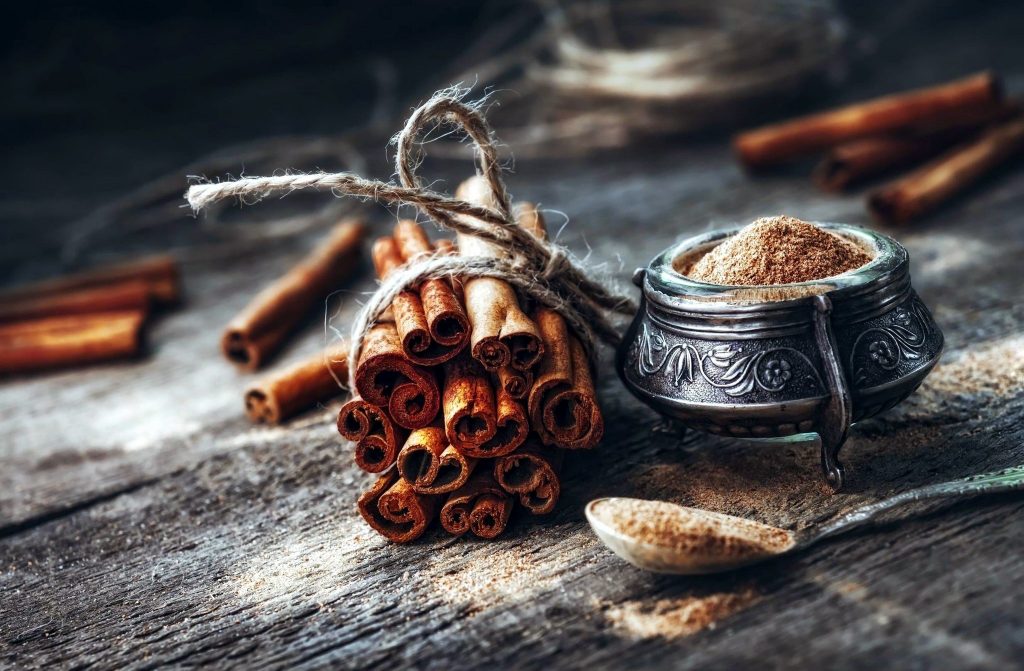In the realm of spices, few hold as prestigious a status as Ceylon cinnamon. Revered for its exceptional quality and unparalleled flavor, Ceylon cinnamon stands out as a symbol of excellence in the culinary world. However, its premium price tag often prompts the question: why is Ceylon cinnamon so expensive? Let's explore the factors that contribute to its elevated value.
Unmatched Quality
Ceylon cinnamon, sourced from the inner bark of Cinnamomum verum trees native to Sri Lanka, boasts superior quality compared to its counterparts. Its distinctively delicate flavor and lower coumarin content set it apart, making it a prized ingredient for chefs and health-conscious consumers alike. The stringent quality control measures employed by producers like CeylonSpizee ensure that only the finest cinnamon reaches the market, justifying its premium price.
Precise Growing Conditions
Cultivating Ceylon cinnamon requires specific environmental conditions found primarily in Sri Lanka. The region's tropical climate, combined with well-drained soil and ample rainfall, provides the ideal habitat for cinnamon trees to thrive. However, these precise growing conditions limit the geographical scope of cultivation, contributing to the rarity and exclusivity of Ceylon cinnamon and, consequently, its higher price.
Labor-Intensive Production
Harvesting and processing Ceylon cinnamon is a labor-intensive endeavor that demands skilled craftsmanship. Unlike other varieties, Ceylon cinnamon's delicate inner bark requires careful handling during harvesting and processing to preserve its integrity and flavor. The meticulous attention to detail at every stage of production, from tree to table, adds to the cost of cultivation and contributes to the premium nature of Ceylon cinnamon.
Geographical Indication Certification
Sri Lanka's geographical indication (GI) tag for Ceylon cinnamon serves as a mark of authenticity and quality assurance. This certification guarantees that the cinnamon is sourced from Sri Lanka and meets the stringent standards set forth by regulatory authorities. However, obtaining and maintaining GI certification involves additional costs for producers, which are reflected in the final price of Ceylon cinnamon.
Global Demand and Limited Supply
As awareness of the unique qualities of Ceylon cinnamon grows, so does its demand on the global market. However, the limited geographical distribution of cinnamon trees and the strict quality standards imposed by producers result in a constrained supply. The imbalance between supply and demand drives up prices, making Ceylon cinnamon a sought-after but relatively expensive commodity.
In summary, the premium price of Ceylon cinnamon is a testament to its exceptional quality, precise growing conditions, labor-intensive production process, geographical indication certification, and global demand. While it may come with a higher price tag, the unparalleled flavor, purity, and health benefits of Ceylon cinnamon make it a worthwhile investment for those who value excellence in their culinary and wellness pursuits. At CeylonSpizee, we take pride in delivering the finest Ceylon cinnamon to discerning customers worldwide, ensuring that every purchase is a testament to quality and authenticity.
Discover Our True Ceylon Cinnamon Products
Shop NowFrequently Asked Questions
What are the main differences between Ceylon cinnamon and other varieties?
Ceylon cinnamon, also known as "true" cinnamon, is derived from the inner bark of Cinnamomum verum trees native to Sri Lanka. It has a sweeter, more delicate flavor profile and contains lower levels of coumarin compared to other cinnamon varieties, such as Cassia cinnamon. Additionally, Ceylon cinnamon is prized for its superior quality and distinct aroma, making it a preferred choice for culinary and medicinal purposes.
How can I identify authentic Ceylon cinnamon?
Authentic Ceylon cinnamon can be identified by its thin, fragile bark that forms multiple layers when rolled. It has a light tan to light brown color and a sweet, subtle fragrance. Additionally, products labeled with the geographical indication (GI) tag for Ceylon cinnamon provide assurance of authenticity and quality.
Is Ceylon cinnamon safer than other cinnamon varieties?
Ceylon cinnamon is generally considered safer than other cinnamon varieties, such as Cassia cinnamon, due to its lower coumarin content. Coumarin is a compound found in cinnamon that may pose health risks in high doses, such as liver damage. However, Ceylon cinnamon contains significantly less coumarin, making it a safer option for regular consumption.
Can Ceylon cinnamon help lower blood sugar levels?
Some studies suggest that Ceylon cinnamon may help improve insulin sensitivity and lower blood sugar levels in individuals with diabetes. However, more research is needed to fully understand the effects of Ceylon cinnamon on blood glucose regulation and its potential role in diabetes management.
